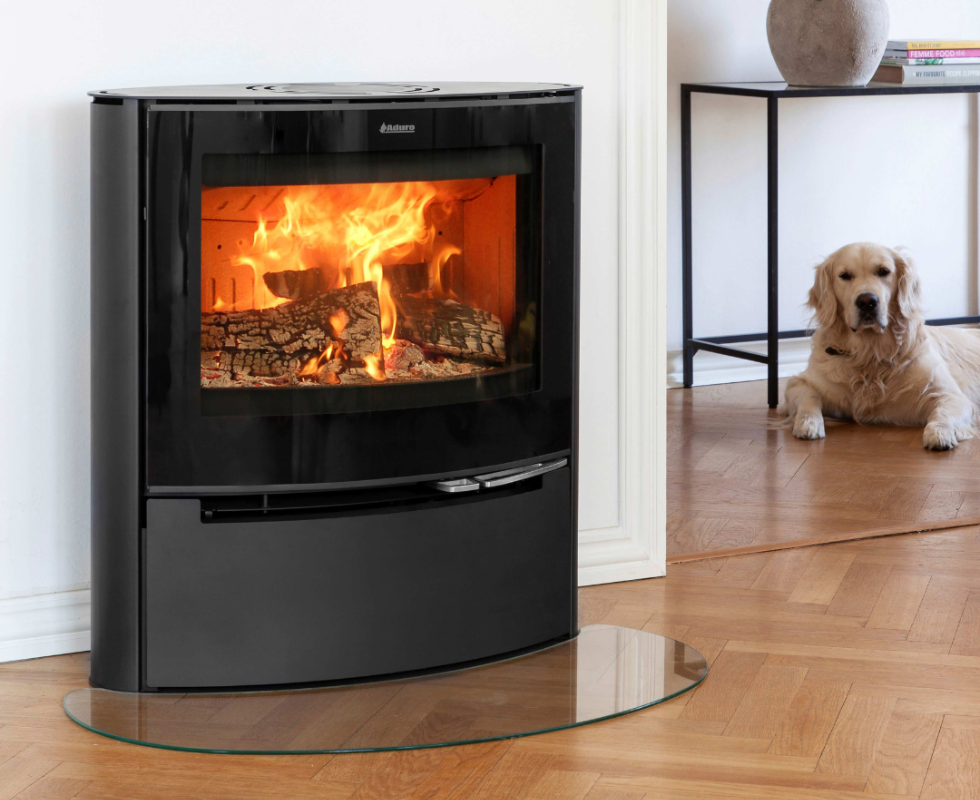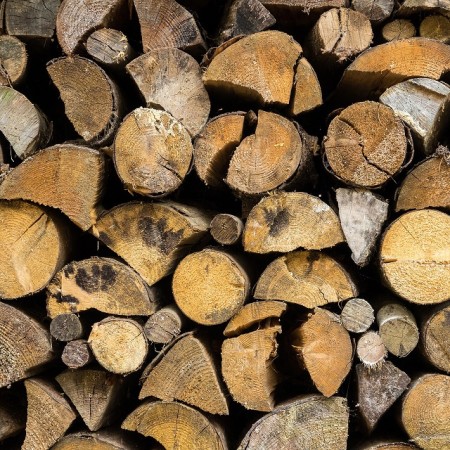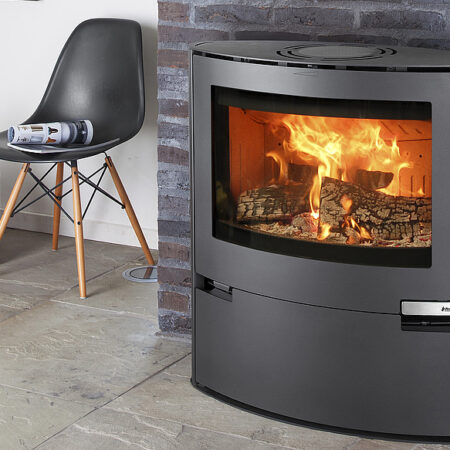How can a wood burning stove affect the indoor climate? It can because it constantly changes the air in the room in which it is placed. When firing, the wood burning stove uses the air from the room and sends the used air out through the chimney. Fresh air will then come through the natural leaks in the house. Additionally, a wood burning stove ensures that the temperature is not too low, preventing the room from becoming too humid and mould from forming.
However, to have a positive effect, it is a prerequisite that you use the stove correctly. Below you will find a few tips on how to use the stove:
- Make sure that there’s a steady draft in your chimney. This is crucial for optimal function of your stove. If the draft isn’t strong enough, it can cause smoke in the room. Sometimes it’s necessary to buy a DraftOptimizer for your chimney, which improves the draft. You can read more about improving your chimney here.
- Only add more wood when the firewood has burned down to embers.
- Avoid opening the door when the fire is going well.
- Make sure to use dry wood, since moist wood can lead to massive smoke formation.
- Do not open the door, if your cooker hood is on. A cooker hood with strong draft can create a negative pressure around the wood burning stove, which can cause smoke nuisance and poor combustion.
In addition, here’s a few general household remedies to improve your indoor climate:
- Since candles emit a lot of particles to the air, reducing your use of candles can be beneficial.
- Airing your house several times a day creates a better indoor climate. Open doors and windows to create a draft, to air out the humidity which comes from cooking, showering etc.
- Avoid drying you washed clothes indoor, since it releases a lot of humidity to the room.
- Clean your house regularly to minimize the amount of dust particles.
- If it’s hard to maintain a good indoor climate, you might consider installing a ventilation system.




